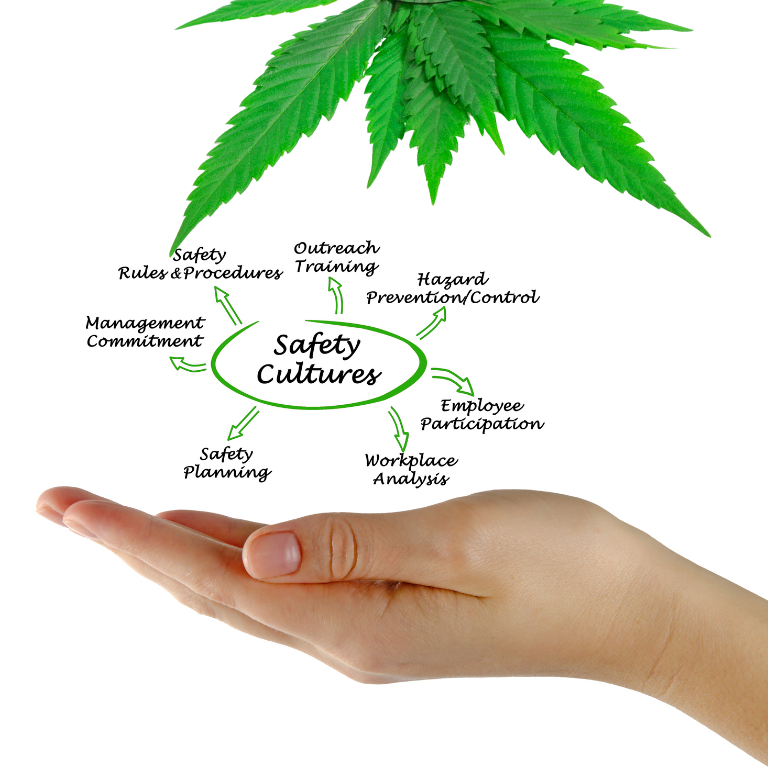The cannabis industry is rapidly growing, with an increasing number of facilities dedicated to cultivation, processing, and distribution. As operations expand, ensuring contractor safety is crucial for maintaining compliance, reducing risks, and fostering a secure working environment. Effective contractor safety management is not just a regulatory requirement but a fundamental aspect of operational excellence.
Understanding the Risks
Cannabis facilities present unique safety challenges, including hazardous chemicals, electrical hazards, and high-security environments. Contractors involved in construction, maintenance, and production support must navigate these risks effectively. Without proper safety management, companies may face accidents, legal liabilities, and reputational damage.
Key Components of Contractor Safety Management
A robust contractor safety management system involves multiple facets to ensure a secure work environment. From pre-qualification to continuous monitoring, every step plays a critical role in mitigating risks. Companies must develop clear safety protocols, enforce best practices, and integrate modern safety technologies to enhance workplace security and efficiency.
Comprehensive Safety Policies
A well-documented contractor safety policy outlines responsibilities, training requirements, and compliance expectations. It should align with Occupational Safety and Health Administration (OSHA) guidelines and local cannabis regulations.
Thorough Prequalification Process
Before hiring, contractors should undergo rigorous screening, including safety record reviews, certifications, and prior experience in similar environments. A structured vetting process ensures that only qualified professionals enter the facility.
Detailed Onboarding and Training
Providing site-specific training to contractors minimizes the likelihood of incidents. This training should cover hazard recognition, emergency procedures, and personal protective equipment (PPE) requirements.
Strict Access Control and Supervision
Given the security-sensitive nature of cannabis facilities, strict access control is vital. Contractors should be monitored through sign-in procedures, ID verification, and escorted access when necessary.
Clear Communication and Coordination
Miscommunication can lead to safety lapses. Regular safety meetings, toolbox talks, and reporting protocols ensure that contractors remain aligned with company safety standards.
Ongoing Monitoring and Compliance Audits
Routine safety audits and contractor performance reviews help maintain high safety standards. Conducting regular inspections and incident investigations ensures continuous improvement.
The Business Case for Safety Excellence
Investing in contractor safety management reduces workplace incidents, minimizes downtime, and protects brand reputation. A strong safety culture fosters trust among employees, regulatory agencies, and business partners. Moreover, reducing accidents directly lowers insurance costs and potential legal expenses.
In the evolving cannabis industry, contractor safety management must be a top priority. By implementing robust safety policies, thorough training, and continuous oversight, cannabis businesses can protect workers, maintain regulatory compliance, and sustain long-term success. Excellence in contractor safety is not just a goal—it is an imperative for operational integrity and business growth.















